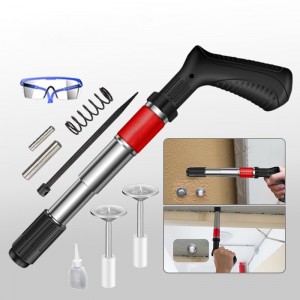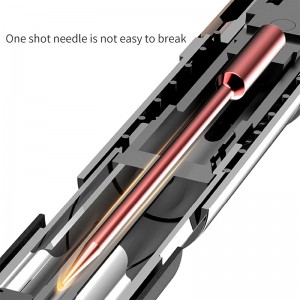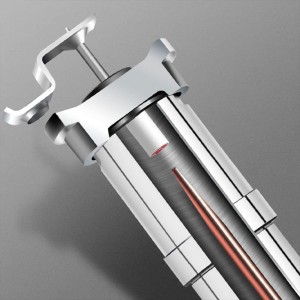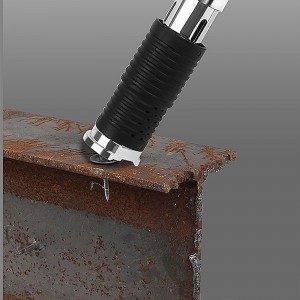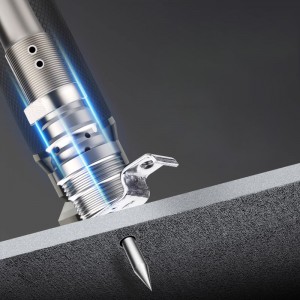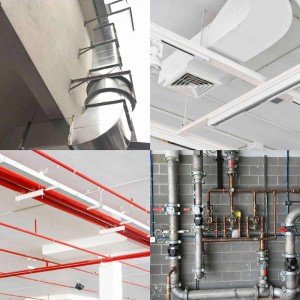A nail gun for ceiling installation is a tool specifically designed for securing and installing ceiling materials. It operates by using pneumatic, electric, or spring-driven mechanical force to shoot nails into ceiling materials, thereby fixing them to the overhead structure.
The main components of a nailer include the body, nail magazine, power source system, and trigger mechanism.
First, the body serves as the external casing of the fastening nail gun, protecting the internal mechanical and electronic components. It typically features a handle for easy operation and control. Inside the body, there is a loading mechanism that feeds nails into the firing chamber and positions them correctly.
Next, the nail magazine is the component that holds the nails. It is usually a detachable device with one or multiple nail slots to accommodate the nails. When the magazine is attached to the body, the nails are fed into the tool.
The power source system provides the driving force for the nail gun. Depending on the design and model, the power source can be compressed air, an electric motor, gas, or a hydraulic system. Among these, compressed air is the most common. By directing compressed air into the tool, high-pressure gas is generated to propel the nails forward.
The trigger mechanism is the key component that controls the operation of the nail gun. It typically consists of a trigger and a spring connected to it. When the trigger is pressed, the spring activates a push rod, which loads a drive pin into the firing chamber and ejects it using the power source system.
When using a ceiling nail gun for installation, the first step is to determine the layout and positioning of the ceiling. Then, the nail gun is used to secure the ceiling materials to the overhead structure. During operation, the nail magazine is attached to the body, and the nail gun is aimed at the connection point between the ceiling material and the overhead structure. Pressing the trigger completes the nailing process.
Post time: Oct-10-2025


